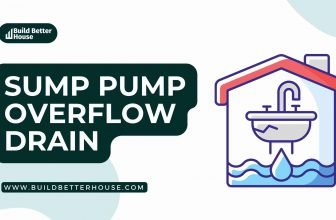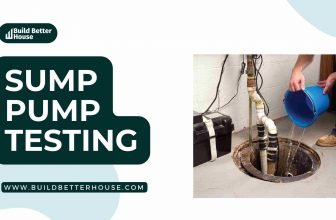What Is A Septic Tank Pump: Key Information For New Owners

Septic tank pump has developed as an unfamiliar concept for many homeowners, particularly those who reside in a property connected to the major sewage system. I find septic tank pumps useful as they help treat wastewater via biological breakdown and drainage.
To have a detailed understanding of septic tank pumps, I’ve come up with this article which will discuss everything from septic tank pump types to how they work and vital factors that you must know.
What Is a septic tank pump?
A septic tank pump is an underwater sedimentation tank used to treat wastewater through biological breakdown and drainage from residential plumbing, such as bathrooms, kitchen drains, and laundry.
The design of a septic tank system is quite essential. It is a waterproof underground container (usually rectangular or spherical) composed of fiberglass, plastic, or concrete.
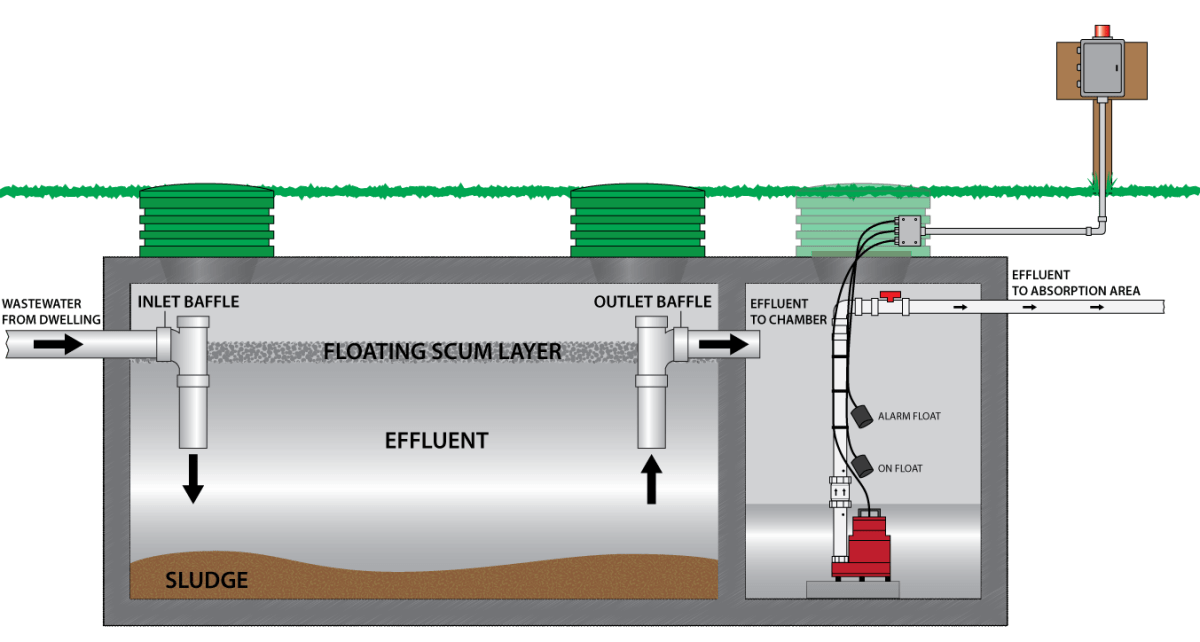
Septic tank compartments and a T-shaped outlet prevent sludge and scum from exiting and entering the drain field area. Septic tank pump systems are simple onsite sewage facilities (OSSF) offering rudimentary treatment.
I like that septic tank pumps provide for the safe disposal of wastewater in homes with poor drainage or not connected to the leading sewage network; they gather excreta and wastewater in one sizable underground tank and are primarily utilized in rural areas.
Homeowners with a septic tank pump are responsible for ensuring their tank does not pollute the local environment. For example, if the drain field becomes overburdened with liquid, it can flood, causing sewage to spill to the ground surface or cause backups in toilets and sinks.
Types of Septic tank systems
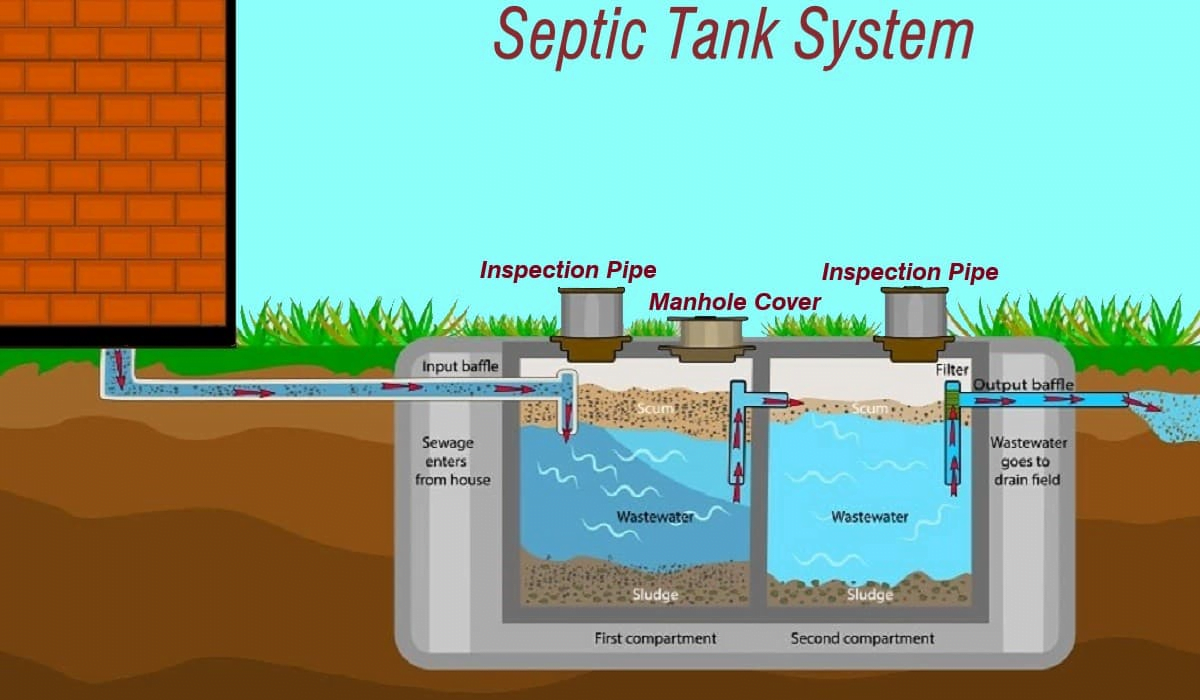
Residential septic systems are of two types: conventional and advanced. Although their working principles are frequently similar, they serve various purposes and are used in different contexts.
Conventional septic tank
A traditional septic tank pump collects wastewater from your toilets and drains. It contains particles and scum in a septic tank pump and transports liquids to a septic drain field. A 2D diagram of a typical septic tank system includes the septic tank pump and drain field.
Bacteria in your drain field degrade wastewater contaminants and treated effluent returns to the soil and groundwater on your property.

The wastewater treatment process is into a few parts to understand better how a conventional septic tank system works:
- Wastewater from your toilet, shower, bathtub, sink, washing machine, and dishwasher goes into a significant drainage pipe that leads to the sewer system.
- Sludge forms when solid things settle to the bottom of your septic tank pump.
- Scum is formed when fats, oils, and greases float to the surface of your septic tank pump.
- Anaerobic bacteria (bacteria that do not require oxygen) feed on organic wastewater pollutants in your septic tank pump.
- Liquids pass via an effluent filter near the septic tank’s output.
- Filtered fluids travel through a conduit to your septic drain field.
- Your drain field’s perforated pipes allow wastewater to sink into a layer of gravel.
- Aerobic bacteria (oxygen-requiring bacteria) degrade pollutants as wastewater percolates through the gravel layer and into your native soil.
- Any leftover pollutants are eliminated in your local soil. These contaminants could contain pathogenic bacteria, parasites, viruses, and nutrition.
- Treated wastewater eventually reaches groundwater, which drains into surrounding streams, rivers, and lakes.
Reviewing the pointer mentioned above, we hope you now understand better.
Advanced septic tank pump
An advanced septic tank pump works by accepting wastewater from your septic tank pump and reducing concentrations of organic matter, suspended solids, pathogens, and, in some situations, nutrients such as phosphate or nitrogen.
After treatment, the system sends wastewater downstream, eventually returning to your soil, a ditch, or a waterway.

Advanced septic tanks are most commonly found on sites that have:
- Insufficient or no area for a traditional septic drain field.
- Shallow soil that is not conducive to wastewater percolation
- Impermeable soil or bedrock that keeps treated wastewater from percolating
getting into the ground
- Sensitive areas necessitating additional wastewater treatment processes
- Strict local environmental regulations
These are a few familiar sites where you can find advanced septic tanks.
Difference between conventional and advanced septic tanks
The significant difference between conventional and advanced septic tanks is where most treatment occurs- conventional septic systems eliminate most wastewater contaminants in the septic drain field.
Most contaminants are eliminated in the advanced unit before the wastewater is released into the environment in advanced septic systems.
Septic tank pump: How does it function?
A septic tank pump may appear sophisticated, but its operation is relatively simple. It keeps wastewater in place long enough for it to split into three layers:
Top layer
Scum is formed when fats, oils, and greases float to the top.
Bottom layer
Sludge forms when solid particles settle to the tank’s bottom. Some of these particles are broken down by bacteria and converted into liquid waste.
Middle layer
Between the scum and sludge layers is liquid wastewater. It drains from the tank through a pipe into your septic drain field.
A 2D depiction of how a septic tank pump works and some of the components of a septic system.
Septic tank pump: Devices purpose
Septic is an innovative pump that can easily manage wastewater and aid in moving it in the drain field; thus, investing in a septic tank pump will never leave you unsatisfied since it will save you money on multiple levels, one of which is installation.
Making an investment with exceptional expertise, on the other hand, will result in you making the majority of it. Therefore in this section, I’ll let you on some major devices and parts that you must know; let’s check them out:
Inlet baffle device
A septic tank pump inlet baffle is a device that guides raw wastewater downhill to the septic tank’s mid-level. Surface scum is kept out of the input pipe by this arrangement. It also minimizes wastewater agitation, making it easier for sediments to settle into the tank’s bottom.
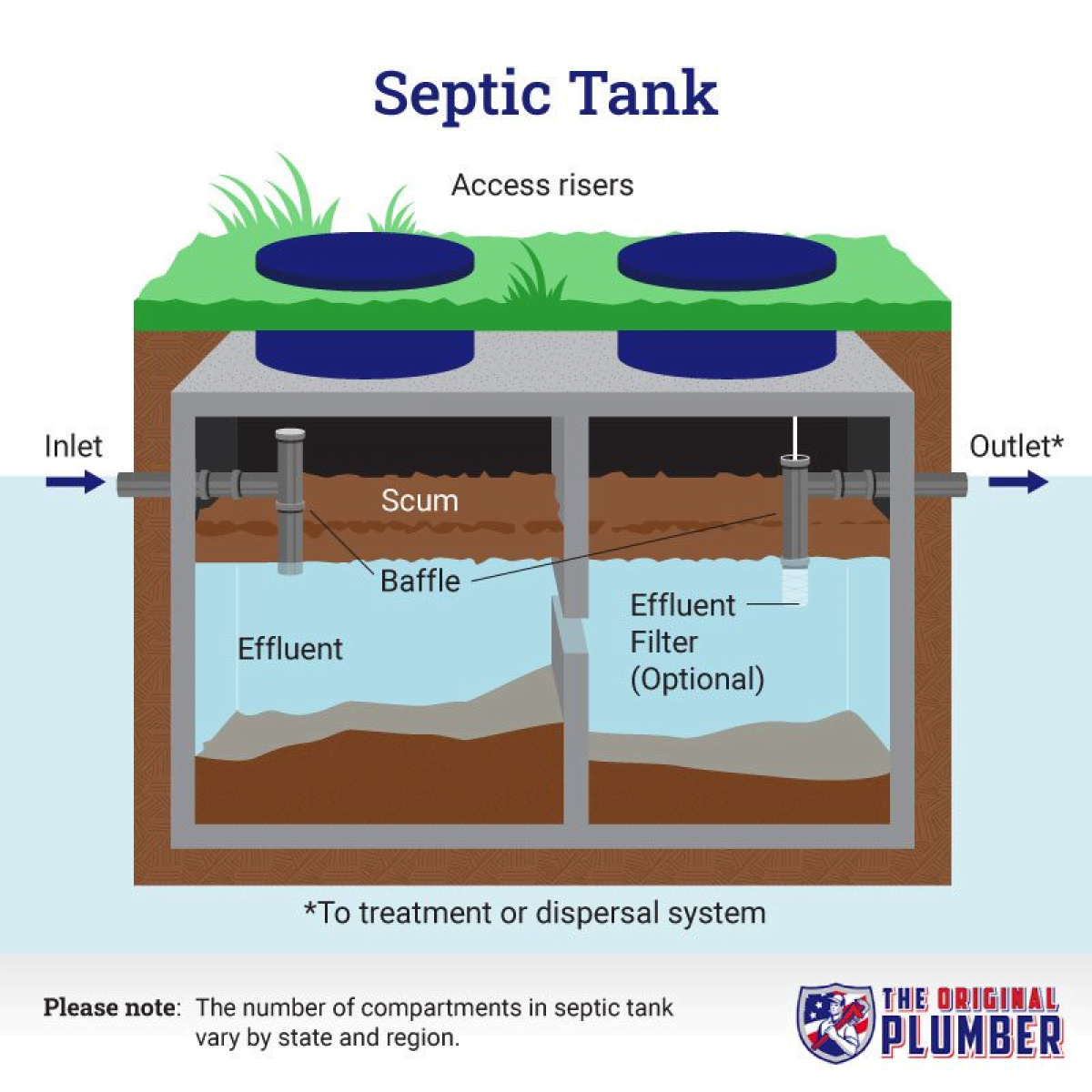
Outlet baffle device
An outlet baffle is a device that directs wastewater from your septic tank’s mid-level to the pipe that runs to your drain field. This design prevents sludge and scum from exiting the tank and clogging your outlet pipe or drain field.
Effluent filter
An effluent filter is a cylindrical device inserted in the septic tank pump outflow baffle. It collects suspended solids (fine particles) that would otherwise clog your septic drain field. Because it successfully protects a drain field, several jurisdictions mandate this filter to install new septic tanks.
Effluent filters must be cleaned regularly. The precise timing is determined by the architecture of your septic tank pump and how frequently you use it. We recommend that a septic specialist clean your filter when your tank is pumped.
Septic tank pump vent
Rooftop plumbing vent pipe for releasing gasses and odors from the septic tank pump on the property. A septic tank vent allows gasses to escape your septic tank pump securely.
As bacteria in your tank break down wastewater pollutants, they produce gasses. These gasses must be released to avoid a pressure buildup that could stop or reverse wastewater flow. The most prevalent is hydrogen sulfide, which has a skunk smell.
Septic tank venting can accomplish in three ways:
Ventilation on the roof
Gasses and odors are vented via your home’s plumbing and expelled through a pipe in your roof.
Ventilation of a septic tank pump
Gasses escape through a vent in your septic tank’s lid. In many cases, this vent has a mushroom shape and can be fitted with a charcoal filter to eliminate odors.
Ventilation of the drain field
Gasses are expelled through a vent pipe in the drain field after passing through the septic tank pump. Because it is commonly designed like a periscope or a candy cane, this pipe is easy to locate on your land.
Septic tank pump access port
An access port is a covered entrance on top of your septic tank pump. Most tanks feature two openings, one above the intake baffle and the other above the output baffle. They enable septic professionals to pump your tank and provide easy access to critical components such as the effluent filter.
Septic tank pump riser
A septic tank riser is a concrete, plastic, or fiberglass shaft. When the access ports on your septic tank pump are below ground level, you can build a riser to bridge the distance and give access to your system. Otherwise, you’d have to excavate the tank’s lids before each pump-out.
Septic tank discharge pipe
When raw wastewater enters your septic tank pump, an equivalent volume of liquid escapes via an output pipe leading to an advanced treatment system or your drain field; the exit pipe is typically composed of PVC (plastic) and has a 4″ diameter.
Gravity alone may not be adequate to transport wastewater through the outflow pipe if your property has uneven topography, such as slopes or embankments. A pump station (also known as a lift station) that pressurizes the wastewater flow from your septic tank pump is required as part of your septic system.
How much does it cost to pump a septic tank pump?
The average price to pump a septic tank pump is $400, although, for most residential tanks, the cost can range from $225 to $625. The following elements will be essential to take into account when calculating your overall septic tank pumping cost:
Price per gallon to pump a septic tank pump
Larger septic tanks retain more waste and require longer to empty, so pumping them will cost more. But you won’t have to get them inflated as frequently. Septic tank pumping ranges in price from $0.23 to $0.40 per gallon.
Septic tank pumping cost: Size
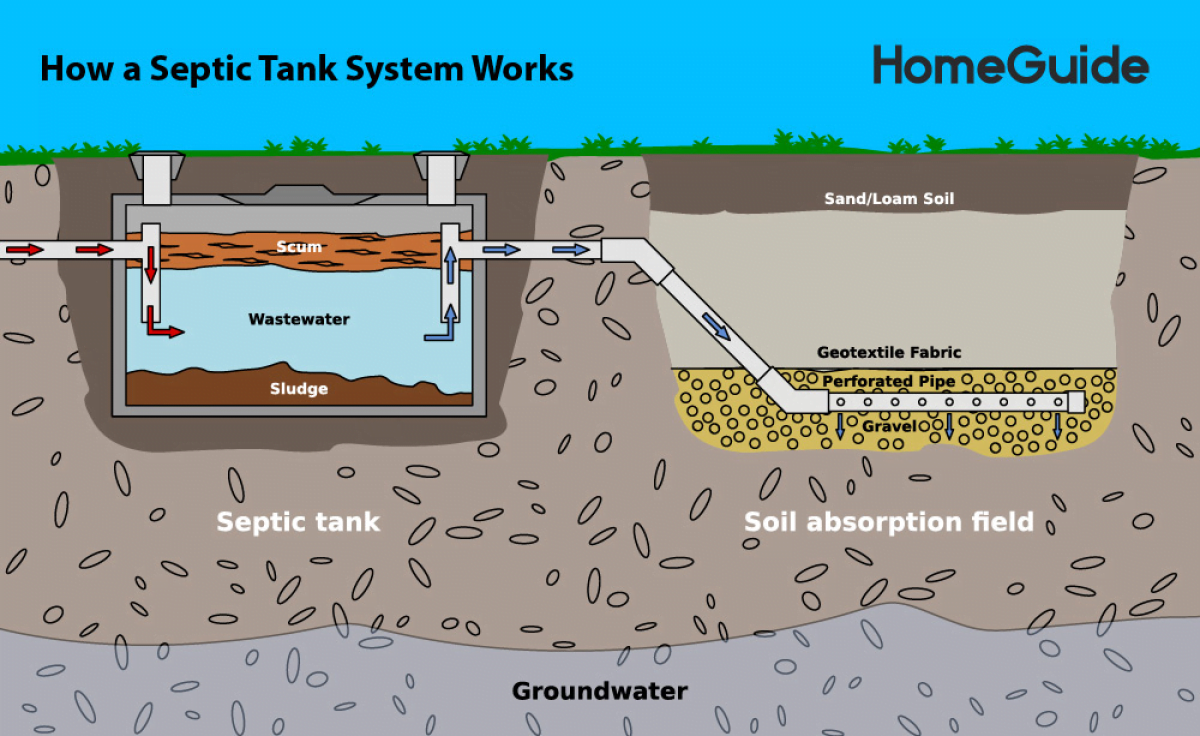
The standard minimum septic tank pump size for a dwelling is 1,000 gallons, while a 750-gallon tank for a one-bedroom house could occasionally see.
Similar to how a 1,500-gallon tank is typically adequate for a large home with up to five bedrooms, finding a tank more extensive than that is familiar but possible. A tank of 1,000 or 1,250 gallons is typical for households.
Septic tank: Maintenance cost
It is critical to maintain your septic tank pump regularly. According to the EPA, the cost of repairing or replacing a system can range between $5,000 and $15,000 for a standard system. Every three to five years, maintenance might cost between $250 and $500.
If you fear your septic system is malfunctioning, make an appointment with a professional plumbing right once.
Those looking to buy a home with a septic tank pump should engage an expert to perform a complete evaluation.
Similar tutorial
Sump Pump Installation: Complete 9-Step Process For Beginners
If you are looking for a sump pump installation guide, check out this post; I’ll show you how to install a sump pump in the proper spot, which maintains your basement mold-free and prevents floods.
Sprinkler Backflow Preventer Leaking: How To Fix?
Is your sprinkler backflow preventer leaking? Then all you need is this article, in which I’ll go over the reasons for the sprinkler backflow preventer leaking and what you can try to avoid or fix.
How To Deodorize Sump Pump? This Is What I Do
Do you want to know how to deodorize a sump pump? In this post, I’ll go through how to deodorize a sump pump and keep it running smoothly.
Conclusion
One of the primary pricing factors for your new property should be the septic tank’s condition. I suggest that aside from ensuring that the septic tank pump is in good functioning order, you should test the water to confirm that the septic system has not contaminated the well.
Lastly, prepare to use the system correctly and maintain it as needed. This will necessitate your awareness of how the septic system operates and your familiarity with the maintenance procedures. After researching, you can purchase a home with a solid septic system that will reliably look after you and your family for many years.
If you find the article helpful, kindly share it with others.
FAQs:
How often to pump the septic tank?
Every three to five years, household septic tanks are routinely pumped. Alternative systems that contain electrical float switches, pumps, or mechanical parts require more frequent inspections, usually once a year. Due to the mechanical components of alternative strategies, a service contract is crucial.
Do septic tanks require emptying?
Empty septic tanks when the sludge level reaches 50% of the tank’s volume. For sewage treatment facilities, empty the primary tank when the sludge level comes to 30% of the total capacity of the primary tank.
Why is salt put in a septic tank?
Excess minerals, often calcium and magnesium, are removed from the water via salt ion exchange.
Read more:
How To Fix Clogged Shower Drain? Complete Guide
Best Sump Pump For A Pond: How To Install + Benefits
Sewer Smell In The Basement? Why It’s Happening & How To Fix It
3 Best Pedestal Sump Pumps For Your Home
Sump Pump Overflow Drain: How To Install + Benefits



